ABOUT THE AUTHOR
Colleen Burcar has worked as a reporter and news anchor in radio, television, and newspapers for many years in the Detroit area. She now works in media consulting, public relations, and freelance writing, while her voice continues to be heard in numerous commercials. She is the author of Michigan Curiosities and You Know Youre in Michigan When... and shares her love of Michigan in speaking engagements across the state. The mother of a daughter, Kimberly (now a transplant in Minnesota), Colleen proudly continues her lifelong Michigan residence in Bloomfield Hills with her husband, Bryan Becker.
IT HAPPENED IN
MICHIGAN


An imprint of the Rowman & Littlefield Publishing Group, Inc.
4501 Forbes Blvd., Ste. 200
Lanham, MD 20706
www.rowman.com
Distributed by NATIONAL BOOK NETWORK
Copyright 2019 The Rowman & Littlefield Publishing Group, Inc.
All rights reserved. No part of this book may be reproduced in any form or by any electronic or mechanical means, including information storage and retrieval systems, without written permission from the publisher, except by a reviewer who may quote passages in a review.
British Library Cataloguing in Publication Information available
Library of Congress Cataloging-in-Publication Data
Names: Burcar, Colleen, author.
Title: It happened in Michigan : stories of events and people that shaped Great Lakes state history / Colleen Burcar.
Description: Second edition. | Guilford, Connecticut : Globe Pequot, 2019. | Series: State history | Includes bibliographical references and index. | Identifiers: LCCN 2019004753 (print) | LCCN 2019005475 (ebook) | ISBN 9781493039463 (e-book) | ISBN 9781493039456 (pbk. : alk. paper)
Subjects: LCSH: MichiganHistoryAnecdotes. | MichiganHistoryAnecdotes.
Classification: LCC F566.6 (ebook) | LCC F566.6 .B87 2019 (print) | DDC 977.4dc23
LC record available at https://lccn.loc.gov/2019004753
 The paper used in this publication meets the minimum requirements of American National Standard for Information SciencesPermanence of Paper for Printed Library Materials, ANSI/NISO Z39.48-1992.
The paper used in this publication meets the minimum requirements of American National Standard for Information SciencesPermanence of Paper for Printed Library Materials, ANSI/NISO Z39.48-1992.
Printed in the United States of America
INTRODUCTION
Without question, Michigan is one of a kind. Admitted into the Union as the twenty-sixth state on January 26, 1837, Michigan is the only two-part state, with the dual peninsulas now happily bridged together by the Mighty Mac. During their space travels, astronauts have reportedly been able to easily identify Michigan as it stands out clearly outlined by the magnificence of the Great Lakes: No matter where you are in the state, youre never more than eighty-six miles from either Lakes Huron, Ontario, Michigan, Erie, or Superior. Covering more than 31,700 square miles, Lake Superior alone contains ten percent of all the fresh water on the planet. Bodies of water cover about 41 percent of this blue water state, making it truly a water wonderland.
We can give partial credit for our beauty to our neighbor, for it was the Wisconsin Glacier that gave Michigan its distinctive geographic characteristics. The uniquely spirited sand dunes began as glacial debris. The strong Lake Michigan winds continue to move the dunes forward, as much as three feet each year. Rich diversity exists in other natural resources: enormous salt fields; the once-prosperous mines, housing iron ore and copper; landscapes of mountainous forests; and pristine cliffs. Fertile soil gives birth to top-producing food crops, including sugar beets, cherries, potatoes, apples, and beans.
Throughout the years, the state has been host to a medley of cultures, which have not always coexisted peacefully. From the early struggles among the American Indians, the French, and the British, to the modern-day clashes between the races, to the numerous labor disputes, Michigan has conquered its brushes with adversity to reunite stronger than ever.
Michiganders, Michiganians, or whatever you choose to call us, are proud, resilient people. History has proven that. I, too, am honored to be classified as a lifer, someone who has spent her entire life here, yet, admittedly, I still have so much to learn about our historical wealth.
The following thirty-three stories and ten bibliographies are designed to expand our knowledge of events and people that have helped shape Michigan. For me, their discovery was similar to a treasure hunt: I knew I was searching for something, yet I was uncertain what I would actually find. Open-ended research afforded me endless possibilities, each more interesting than the next. After combing through pages and pages of material, Id land on a gem that would instantly inspire me to say, I never knew that.
Michigan has perhaps had more than its share of tragedies. Surprisingly, one of them struck a very personal chord with me. While combing through the names of victims from the 1913 Italian Hall catastrophe in Calumet, I came across Victoria Burcar, age nine years, four months, of Croatian descent. I learned that she was one of my relatives, who had faced a tragic, untimely death. An instant connection was formed to someone I never knew existed.
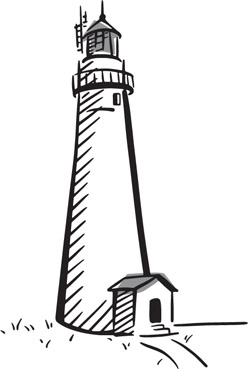
There were happy revelations, too, through some of our amazing sports teams, including the little-known high school team from Saginaws Arthur Hill that accomplished a feat that may never be repeated anywhere in America.
The stories in this book are meant to awaken and stimulate our appreciation of the fascinating events that are part of Michigans genealogy.
I thank all my friends who constantly fed me ideas. A special thank-you to Dave Lochner, who fattened my mind with so many tidbits that his goal was to be listed as coauthor. I am grateful to all the librarians at the Bloomfield Township Public Library who spent countless hours retrieving materials from their archives. Also deserving of appreciation are two exceptional people from St. Joseph: Alicia Allen from the St. Joseph Public Library and Chris Hartman from the Berrien County Clerks Office. Both of them were wonderful and went out of their way to dig up numerous hard-to-find facts for me.
And last, but not least, a special expression of thanks and love to my husband, Bryan Becker, for putting up with me during this arduous investigative project. His red editing pen put in umpteen hours of overtime, all while watching his beloved Detroit Tigers.
1671
Pageant of the SAULT

T he dramatic spectacle, a year in the making, was almost under way. The participants were lined up, costumed in European finery. Members of the audience had traveled far, some of them for months, to witness this historical event that would change the way the rest of the world would look at Michigan for the next hundred years.
Chippewa Indians were the first known inhabitants of this eastern end of the Upper Peninsula, setting up their tepees along the banks of the flowing rapids. By 1668 they had new neighbors: Father Jacques Marquette, a French Jesuit priest, accompanied by another priest and a lay brother. Establishing the first mission in the region with permanent structures, Marquette appropriately named the area Sault Ste. Marie, after Saint Mary, the Blessed Virgin Mother. Sault in French is loosely translated as rapids. Putting the words together, Sault Ste. Marie means the Rapids of St. Mary.


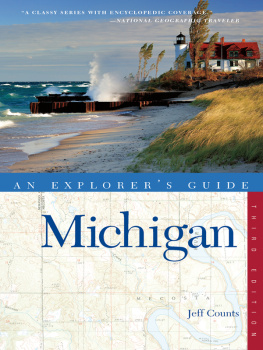
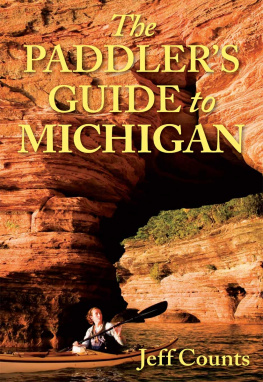
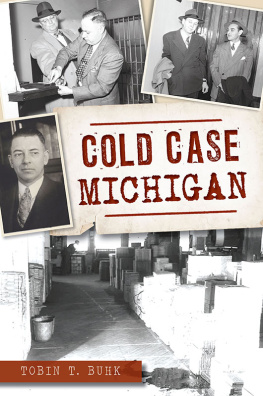

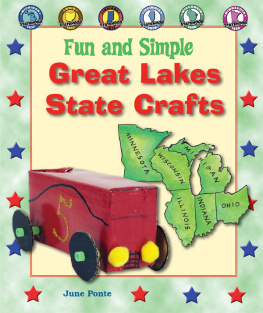
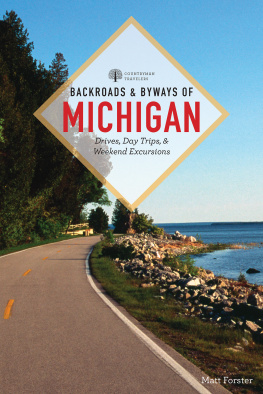



 The paper used in this publication meets the minimum requirements of American National Standard for Information SciencesPermanence of Paper for Printed Library Materials, ANSI/NISO Z39.48-1992.
The paper used in this publication meets the minimum requirements of American National Standard for Information SciencesPermanence of Paper for Printed Library Materials, ANSI/NISO Z39.48-1992.
